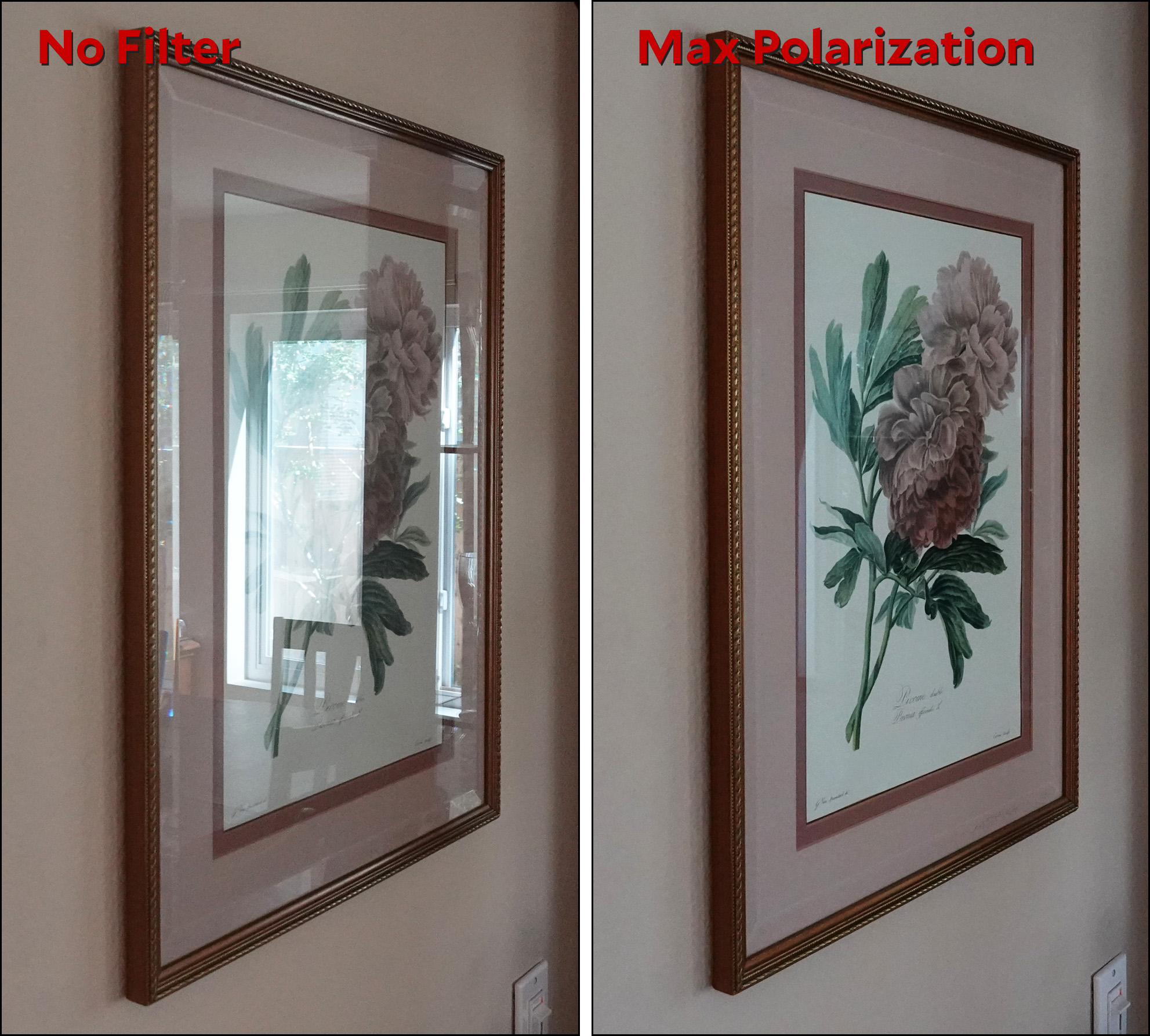Are polarizers effective against reflections from glass?
Photography Asked on January 5, 2021
I have seen this question asked here
How do I get rid of reflections on vertical glass fronts?
I wonder if the same polarizer filters we use for making the underwater look clear instead of the sky reflections blurring the water can be used for that situation.
So is it possible to get rid of these glass reflections by using polarizers? Is there a difference between regular polarizers that if what i heard is correct change the picture as you tilt the camera (just like how twisting polarized sunglasses makes the digital displays go black) and the circular polarizers when it comes to this?
3 Answers
CPL filters do not differ in their photographic properties from linear polarisers; they are merely friendlier to metering and autofocus. But in essence they are just linear polarisers with a quarterwave plane behind them that converts the passing linearly polarised light to circularly polarised light which some parts of a camera are better equipped to deal with.
You can suppress reflections on glass fronts pretty well if they result in polarised light. That tends to be the case completely when the reflection on the glass surface occurs at "Brewster's angle", an oblique angle. So roughly speaking you need to shoot "half sideways" at the glass reflection for best effect.
Polarisers can be rotated. It's worth pointing out that you can also use them for increasing the visibility of reflections by rotating them such that the polarised reflection passes through the filter completely while non-polarised light gets reduced by half in comparison.
Correct answer by user95069 on January 5, 2021
Light travels following a wavelike path. Water waves on a pond travel in a similar manor however, water waves undulate up/down whereas light waves freely vibrate in every possible plane. Such light wave behavior is said to be un-polarized. When light waves are reflected from some surfaces, they often become polarized. Polarized light wave vibrate however the direction of their undulation is altered.
Light reflected from non-conductive surfaces such as glass undulate mainly in one plane. When first studied, scientist falsely concluded that light waves must have a north and south pole, like a magnet. While false, the term polarized and un-polarized stuck. When light rays are reflected from the polished surface of glass windows and showcases, it will likely be polarized. Polarizing filters pass light waves that vibrate in a single plane and block light waves that vibrate in opposing planes. Consider a jump rope passed through a fence with a missing picket. The jump rope when plucked only vibrate up/down and not side-to-side.
This being the case, when photographing objects behind glass, we can mitigate impairing reflections by mounting a polarizing filter and rotating it so that annoying reflections are rejected.
Answered by Alan Marcus on January 5, 2021
Yes. Here's an example image with very similar conditions to the post you linked to. In this case they are using a circular polarizing filter:

Shown in The Mighty Circular Polarizing Filter Explained in Pictures which also explains the theory behind polarizing filters.
Answered by nathancahill on January 5, 2021
Add your own answers!
Ask a Question
Get help from others!
Recent Answers
- Peter Machado on Why fry rice before boiling?
- Joshua Engel on Why fry rice before boiling?
- haakon.io on Why fry rice before boiling?
- Lex on Does Google Analytics track 404 page responses as valid page views?
- Jon Church on Why fry rice before boiling?
Recent Questions
- How can I transform graph image into a tikzpicture LaTeX code?
- How Do I Get The Ifruit App Off Of Gta 5 / Grand Theft Auto 5
- Iv’e designed a space elevator using a series of lasers. do you know anybody i could submit the designs too that could manufacture the concept and put it to use
- Need help finding a book. Female OP protagonist, magic
- Why is the WWF pending games (“Your turn”) area replaced w/ a column of “Bonus & Reward”gift boxes?